Seeing sick-looking faces in virtual reality triggers brain circuit changes related to threat detection and boosts activity of certain immune cells.


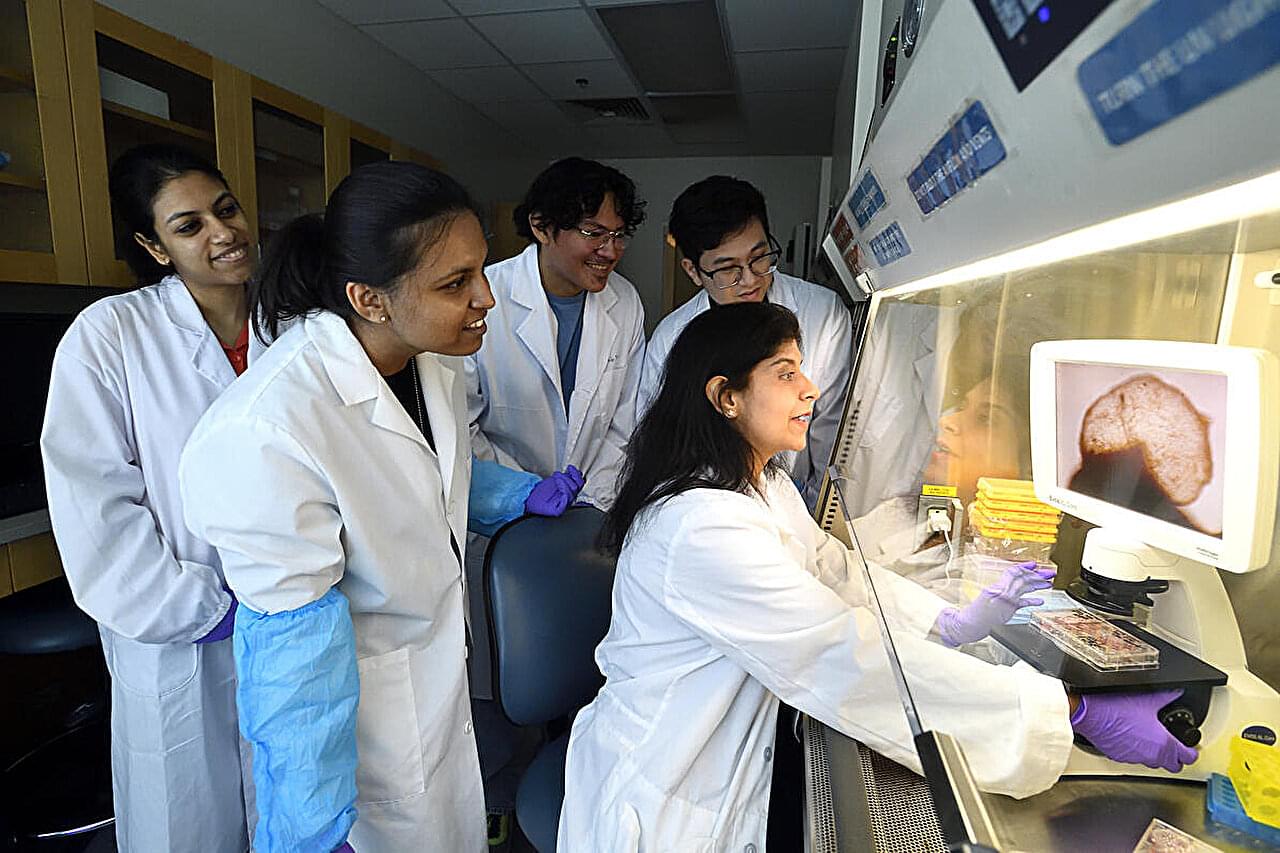
Johns Hopkins University researchers have grown a novel whole-brain organoid, complete with neural tissues and rudimentary blood vessels—an advance that could usher in a new era of research into neuropsychiatric disorders such as autism.
“We’ve made the next generation of brain organoids,” said senior author Annie Kathuria, an assistant professor in JHU’s Department of Biomedical Engineering who studies brain development and neuropsychiatric disorders. “Most brain organoids that you see in papers are one brain region, like the cortex or the hindbrain or midbrain. We’ve grown a rudimentary whole-brain organoid; we call it the multi-region brain organoid (MRBO).”
The research, published in Advanced Science, marks one of the first times scientists have been able to generate an organoid with tissues from each region of the brain connected and acting in concert. Having a human cell-based model of the brain will open possibilities for studying schizophrenia, autism, and other neurological diseases that affect the whole brain—work that typically is conducted in animal models.
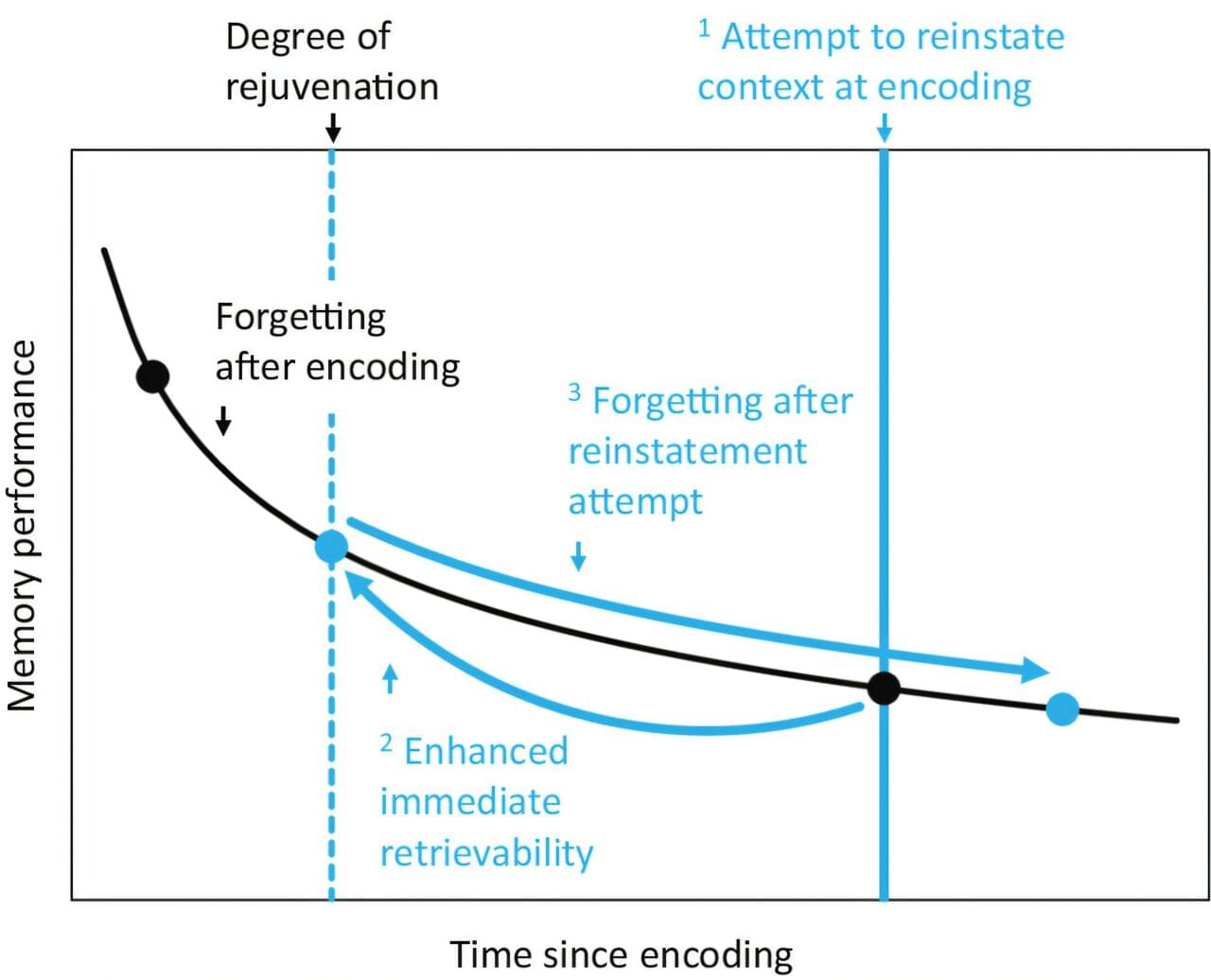
Several studies have indicated that forgotten memories may not be as irretrievable as once thought. Memory appears to be closely tied to the context in which it was encoded. Consequently, remembering smells, sounds and other environmental cues, as well as any feelings experienced during the time the memory was formed can help to recall the memory. However, these memory studies have not sufficiently determined how this kind of contextual memory recall is forgotten after recall.
As most people are aware, retrieving a memory normally becomes more and more difficult as time goes on, but the rate of forgetting actually declines over time in a nonlinear manner due to ongoing memory consolidation. In other words, humans will forget an event at a faster rate within the first few days or weeks, and then the forgetting levels off somewhat and less of the memory is lost over longer time periods.
In a new study, published in the Proceedings of the National Academy of Sciences, a group of German scientists sought to determine if retrieving memories with “mental time travel” can restore the retrieval and forgetting rate to how they were shortly after encoding. To do this, they recruited 1,216 participants to undergo two different memory experiments.
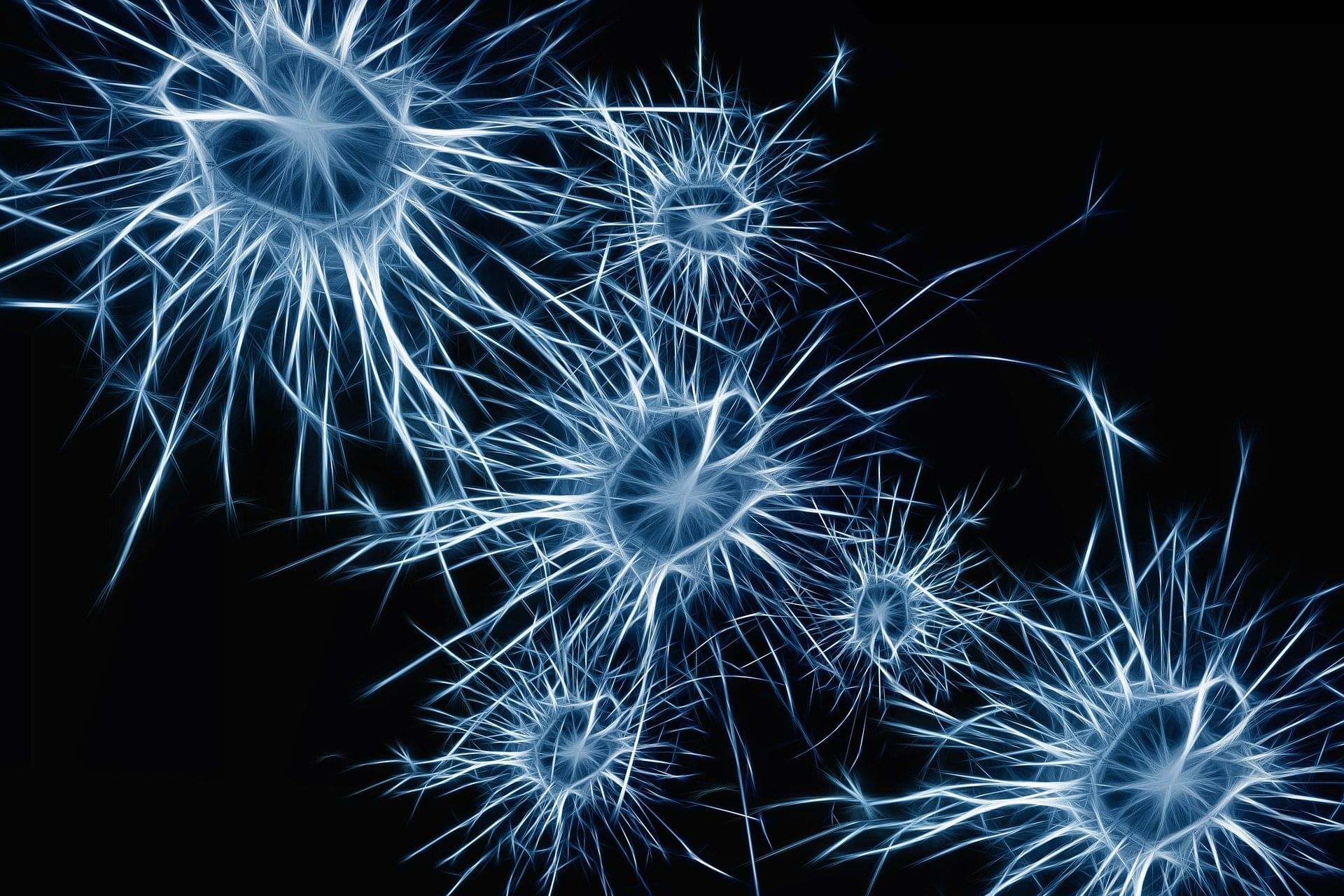
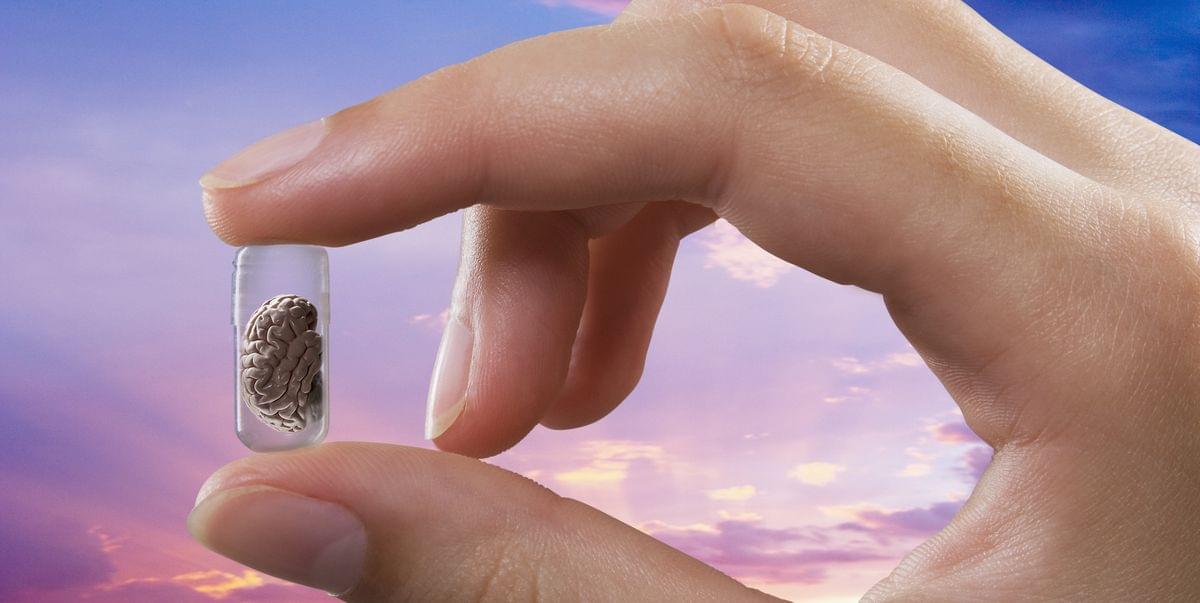
Jess Wade explains the concept of chirality, and how it might revolutionise technological innovation.
Join this channel to get access to perks:
https://www.youtube.com/channel/UCYeF244yNGuFefuFKqxIAXw/join.
Watch the Q&A here (exclusively for our Science Supporters): https://youtu.be/VlkHT-0zx9U
This lecture was recorded at the Ri on 14 June 2025.
Imagine if we could keep our mobile phones on full brightness all day, without worrying about draining our battery? Or if we could create a fuel cell that used sunlight to convert water into hydrogen and oxygen? Or if we could build a low-power sensor that could map out brain function?
Whether it’s optoelectronics, spintronics or quantum, the technologies of tomorrow are underpinned by advances in materials science and engineering. For example, chirality, a symmetry property of mirror-image systems that cannot be superimposed, can be used to control the spin of electrons and photons. Join functional materials scientist Jess Wade as she explores how advances in chemistry, physics and materials offer new opportunities in technological innovation.
–

Understanding how the human brain stores information and later uses it to complete various tasks has been a long-standing goal of neuroscience and psychology research. Past studies have identified different types of memory processes that have distinct roles and characteristics.
One of these, known as working memory, entails the storage and manipulation of important information for short periods of time, particularly information that is helpful for completing reasoning tasks or to make decisions in the short-term. Findings suggest that this temporary storage of information is associated with the continued and persistent firing of specific neurons in the brain.
Most past studies focusing on working memory processes relied on experimental tasks that require participants to prioritize and memorize all items they are presented with.
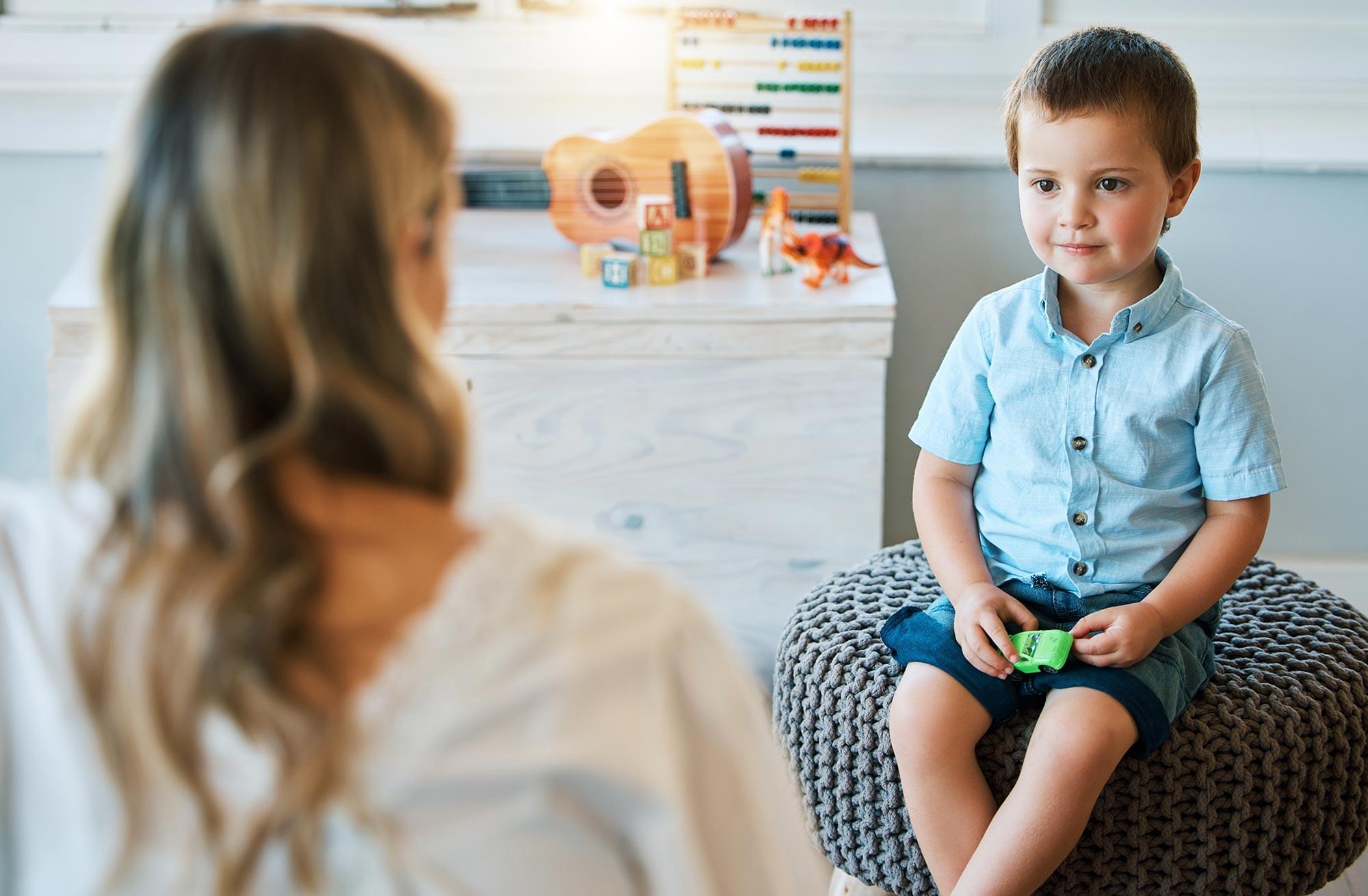
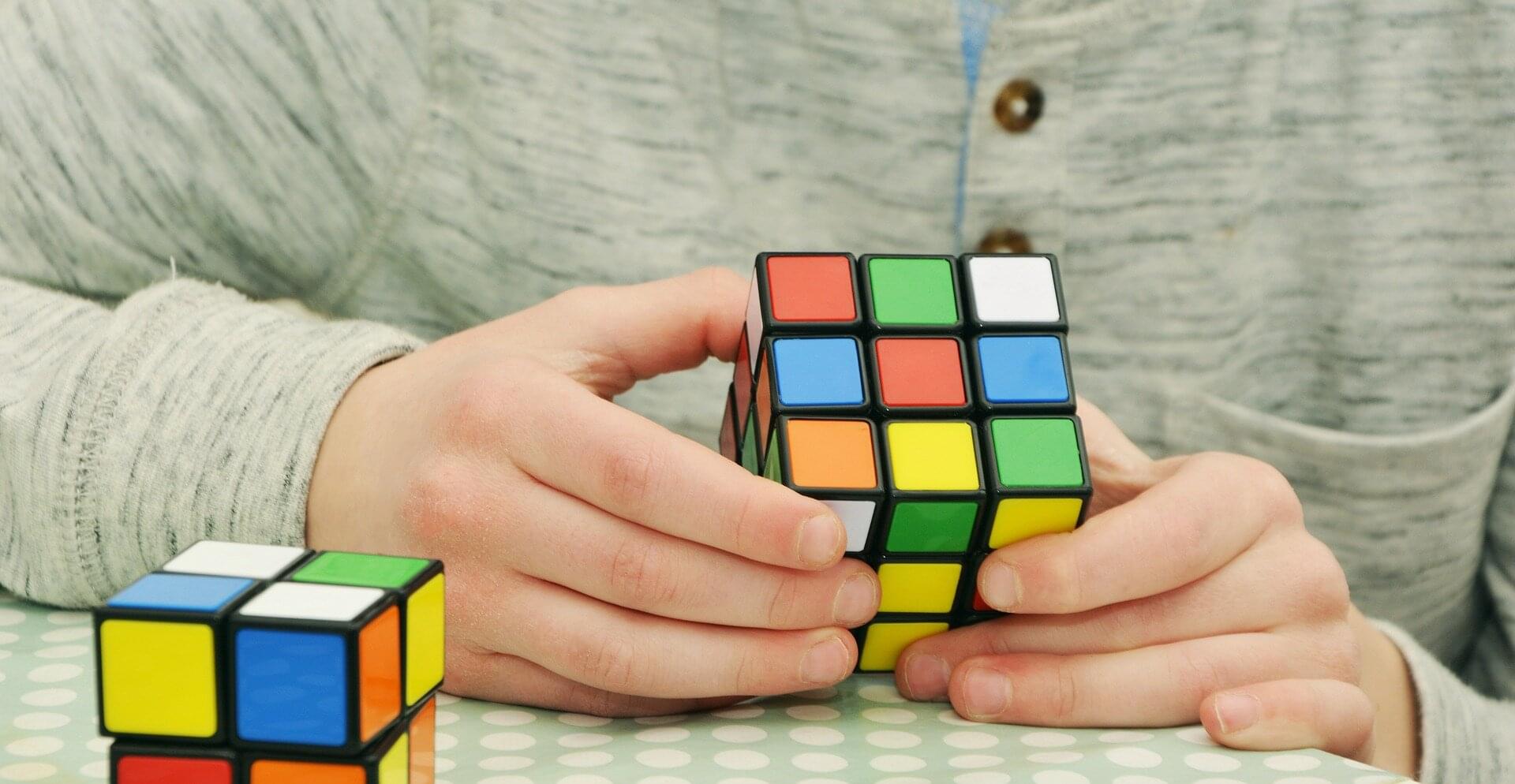
A personalized brain stimulation system powered by artificial intelligence (AI) that can safely enhance concentration from home has been developed by researchers from the University of Surrey, the University of Oxford and Cognitive Neurotechnology. Designed to adapt to individual characteristics, the system could help people improve focus during study, work, or other mentally demanding tasks.
Published in npj Digital Medicine, the study is based on a patented approach that uses non-invasive brain stimulation alongside adaptive AI to maximize its impact.
The technology uses transcranial random noise stimulation (tRNS)—a gentle and painless form of electrical brain stimulation—and an AI algorithm that learns to personalize stimulation based on individual features, including attention level and head size.
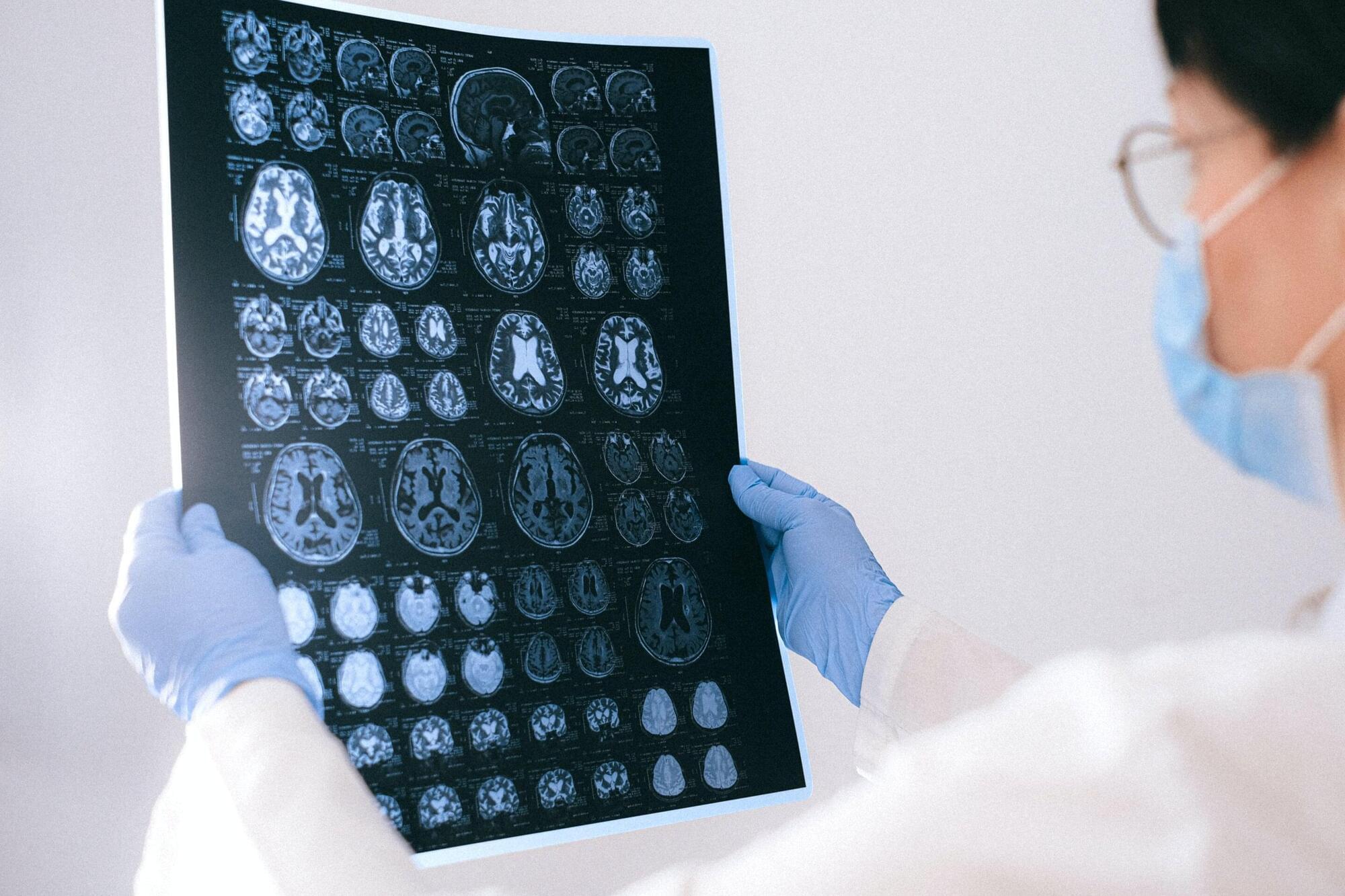
Childhood brain tumor survival depends on the type of tumor. Comparing survival rates across countries is difficult, because brain tumors aren’t recorded in the same way everywhere in Europe. A new study led by the Princess Máxima Center is helping to change that. For the first time, the research provides a clear and clinically relevant overview of survival outcomes for children with brain tumors.
Researchers at the Princess Máxima Center analyzed data from more than 30,000 children diagnosed with a brain tumor between 1998 and 2013. The data came from 80 cancer registries across 31 European countries. The study was published today in The Lancet Oncology.